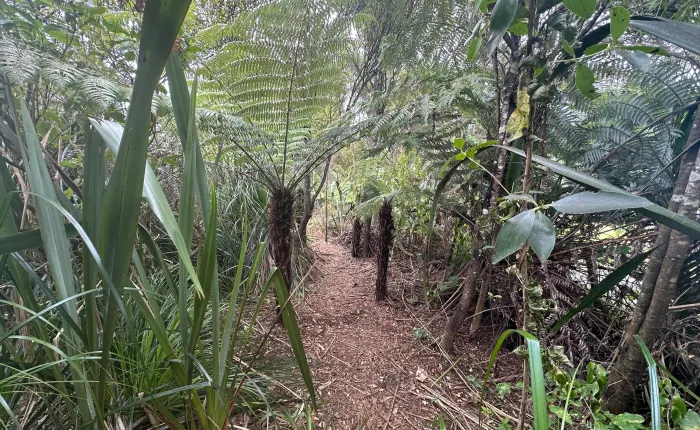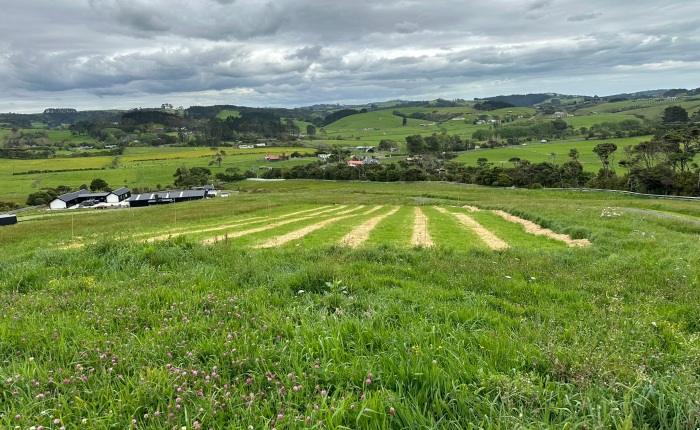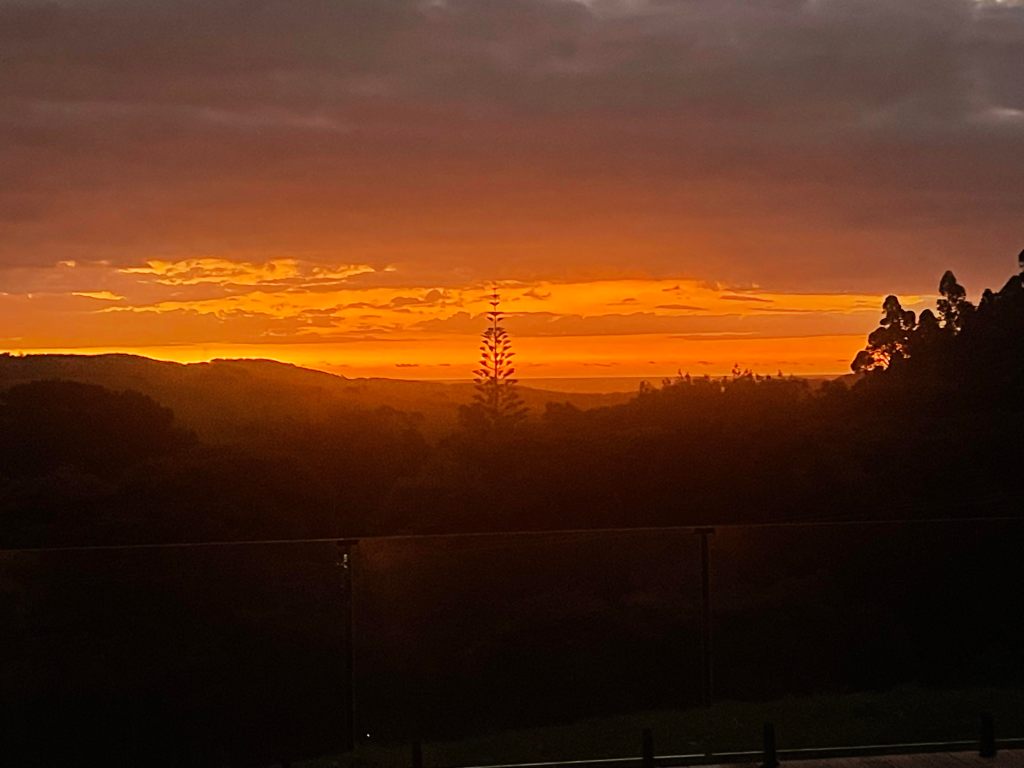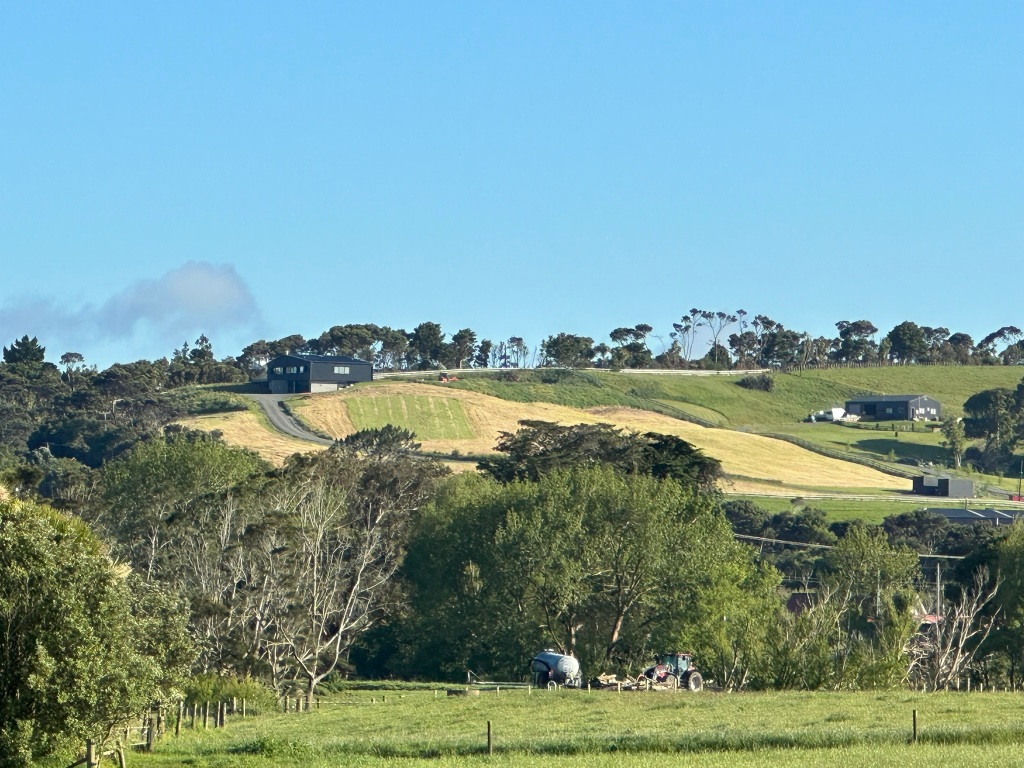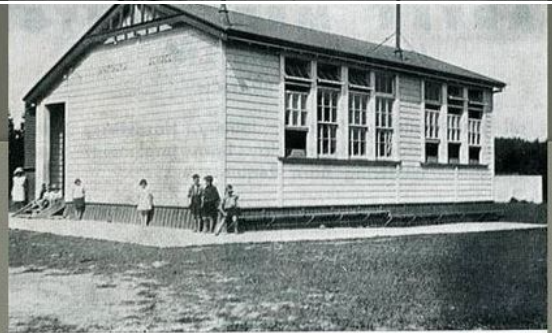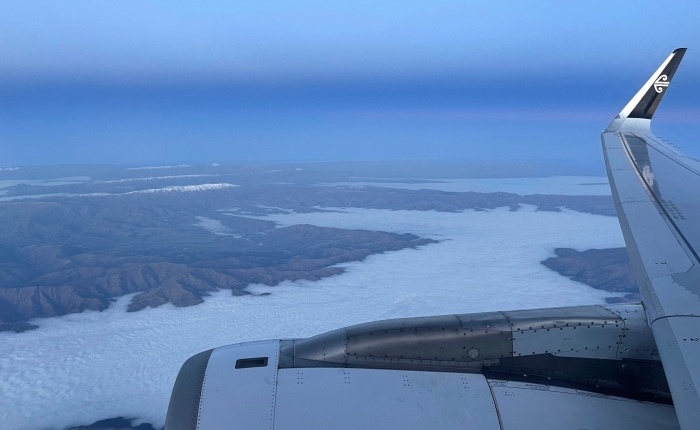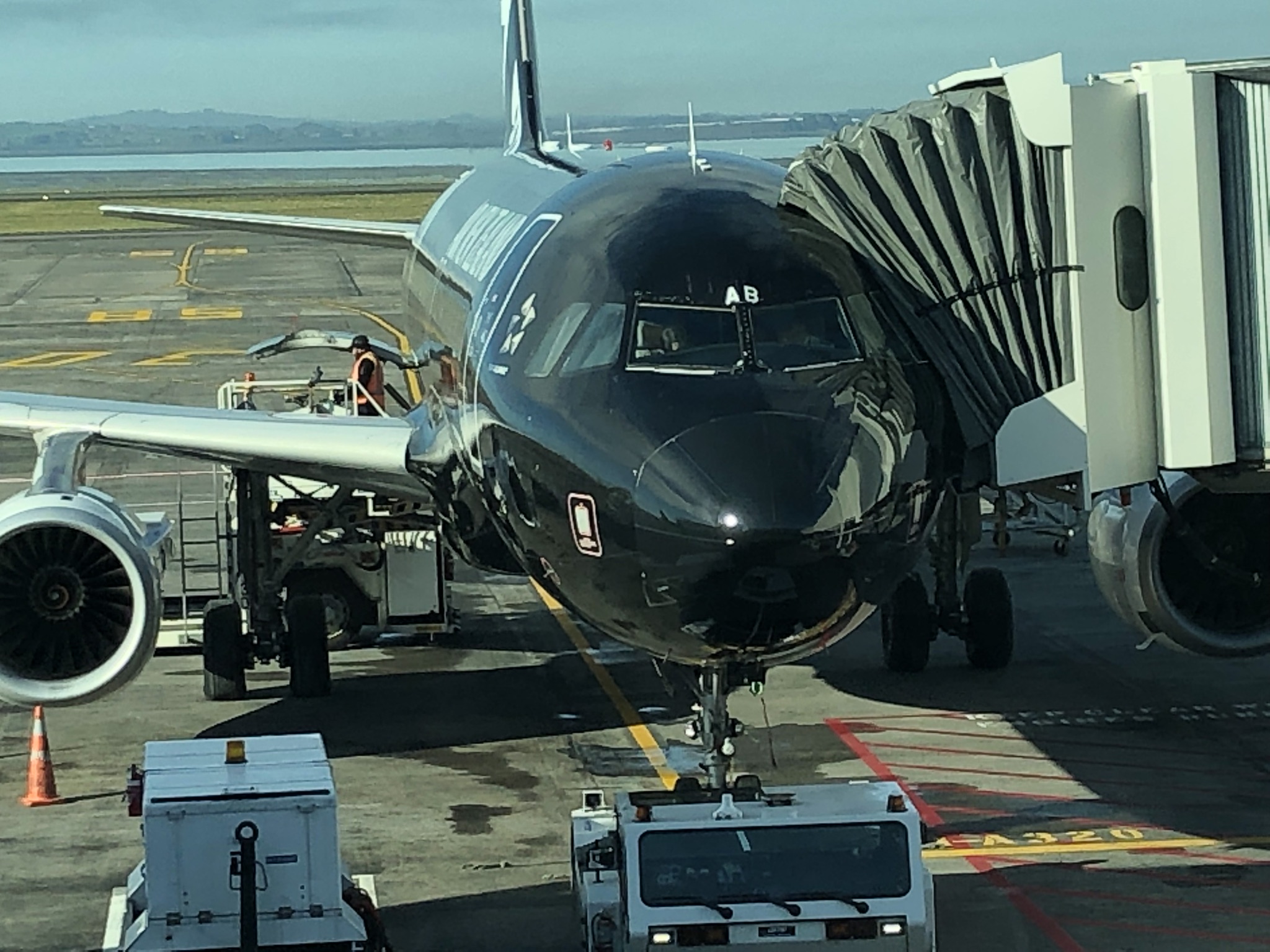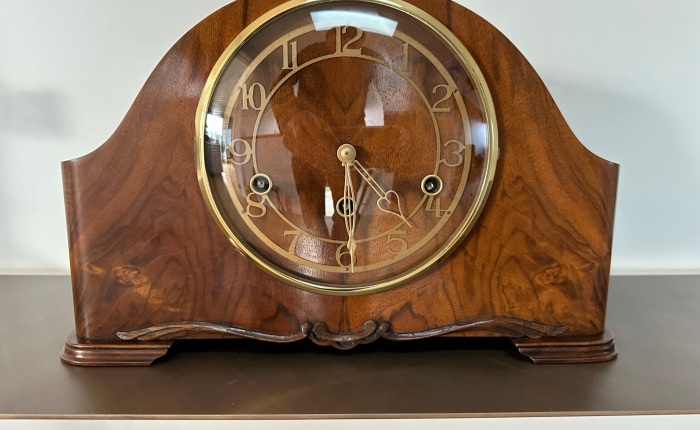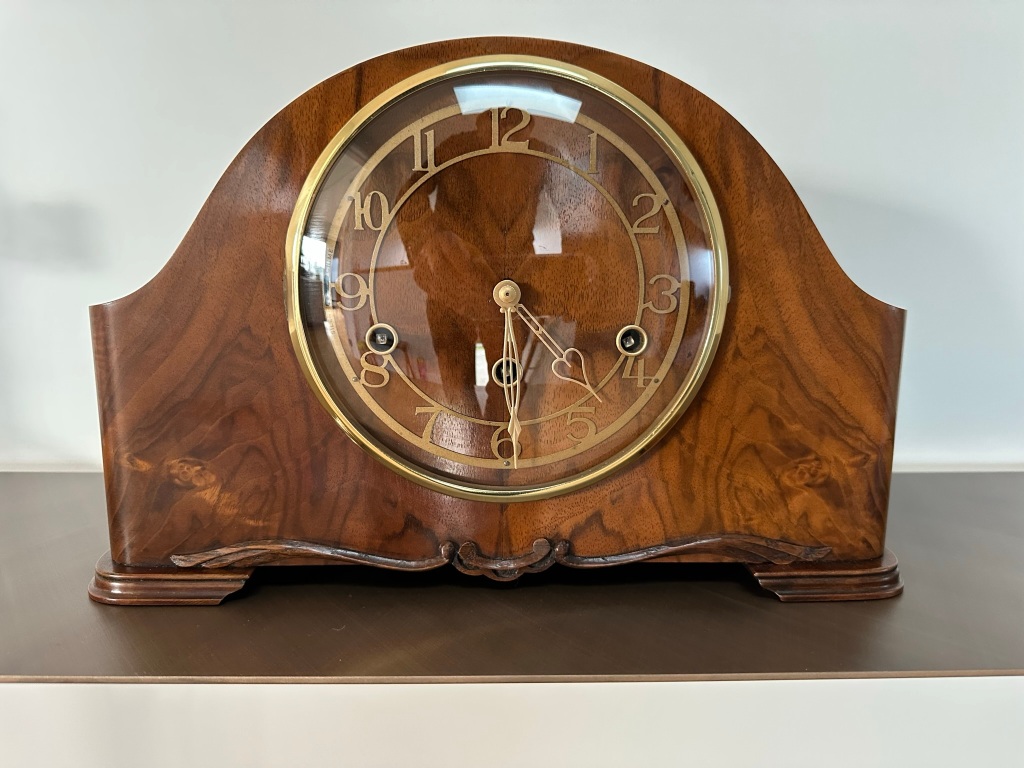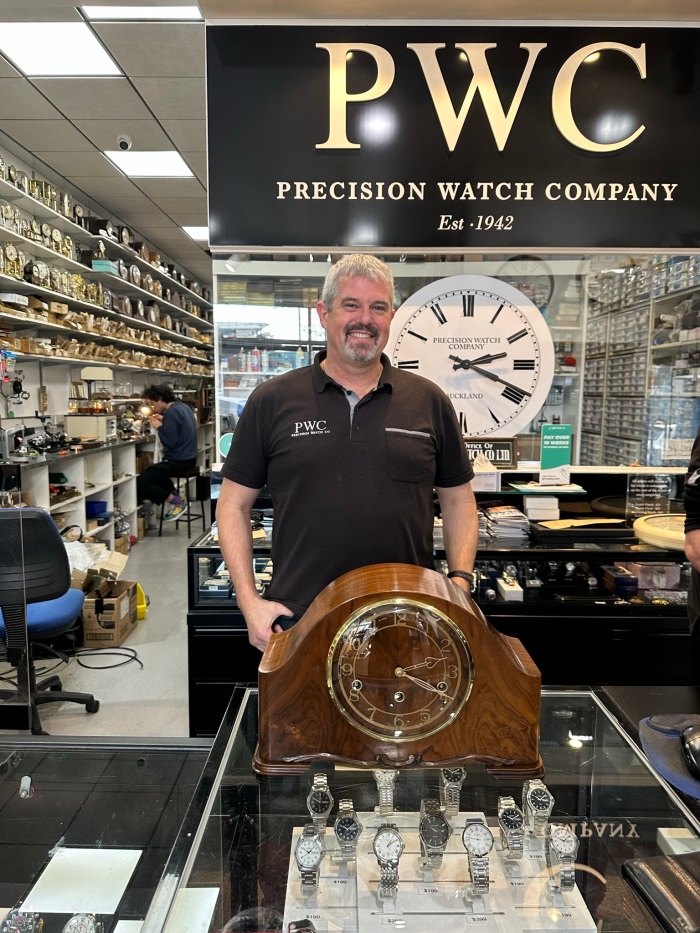In endeavours to obtain a Code Compliance Certificate for my house, men spent time in January under my deck reshaping the ground and applying hard fill to comply with the requirements of the Building Consent. It was a week of those 28 degree days, full sun, and not a lot of breeze. All I could do was supply them with water and a few Coke Zeros, although they looked like a hit of sugar might not have been a bad thing with the heat and exertion.
I felt slightly guilty asking that the soil removed was placed some distance away near my burn pile. But I was paying by the hour I told myself as I supplied more fluids!
During that same week I had some students via Student Job Search (SJS), clearing grass and weeds and further developing my small bush walk. When I purchased the site where I recently built I hadn’t realised that an area of bush, north of what appeared to be the boundary fence, was in fact part of the property. It was overgrown with bramble, but on investigation I could see that it contained a number of choice natives – flax, cabbage, Nikau, Totara, along with Manuka and Coprosma.

I had an extended break over summer – refresh leave which was once called a sabbatical – most of which I spent at my rural property. A notebook I keep of activity on the property lists 25 mini projects under the heading “Summer 23-24 – SJS Tasks” including estimated and actual time involved. Learning: most things took two to three times as long as estimated. For example “1. Clear around Septic Tank” the estimate was two people for 2 hours. Actual time two people, 8 hours. I got stuck in too, both before the students started, during, and after. The during bit was the best. Energetic young men, mostly half my age, who seemed to be able to just keep on going forever, making progress that I could only dream of on my own. Keeping time records of projects was very instructive for future maintenance. It also brought home some home truths. How did I take six hours to lay five railway sleepers to create a small path?! Amateur with a spirit level.
Back in 2020 when I had portion of my right quadricep cut out I was told I wouldn’t ever walk up the local Maunga without assistance. That was proven to be incorrect, but I haven’t felt the same strength – nothing in particular – just not as strong as I once was.
Labouring helped a lot. It hurt, but it hurt less as the days and weeks went on and after a while I realised I was feeling stronger again. More confident to lift, move, dig. With that brings freedom of choice and confidence that a larger rural property is manageable without having to pay for everything to be done.
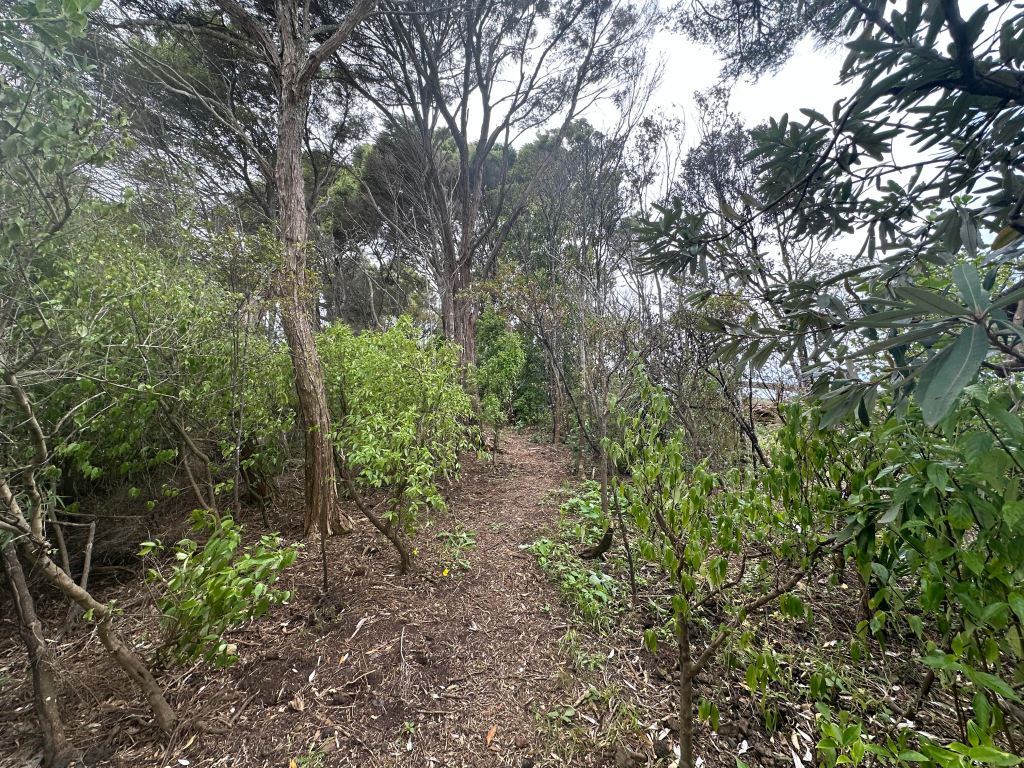
Building and retaining muscle is incredibly important as we get older and in world where mental resilience and fitness is emphasised it’s been a big learning for me. A true sabbatical and if you need a tree planted, I could be your guy!
The reward of having my own native walk has been big. I find myself in there all the time – transplanting baby Totara, weeding by hand, clipping to keep the path clear and just really enjoying my very own forest walk.
It’s a year ago today that a state of emergency was declared for Cyclone Gabrielle. I wasn’t unscathed but relatively speaking got off lightly. As I type I can see a large Manuka tree in my bush, that was cut off at about the 8 metre mark in the storms.
Get Strong.
Stephen
Notes:
- There are over 90 species of Coprosma with over 50 found in New Zealand.
- I lost some big Manuka trees in Cyclone Gabrielle which finally got removed and converted into firewood, and a batch of several dozen self-seeded baby trees have taken their place.
- The walk is part of a planned work around my 4ha and my big plan is to extend the walk to neighbouring properties if I can
- The 25 projects aren’t all done yet, but there’s others too, some I have managed on my own
- I’ve got more to say about the students another day too – they were amazing
